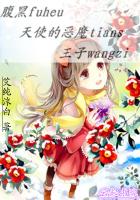Wen Tong, a famous artist in the Northern Song Dynasty (960-1127), was particularly expert at drawing bamboos. The bamboos he drew were vivid, and just resembled the bamboos that grow on the ground.
Wen Tong had spent much work on drawing bamboos. To portrait bamboos vividly, Wen Tong planted a bamboo forest in front of his window, but he was not anxious to draw them. As long as he had time, he would observe various shapes of the bamboos before the window. He observed what small bamboos were like and large bamboos were like; and what they were like in wind or rain.
After the long-term observation, Wen Tong developed a complete understanding of the characteristics of bamboos. He knew how the bamboos would move in wind, and how bamboo leaves shook in rain. All in all, he mastered every tiny change and feature of those bamboos from A to Z.
Only until now, he picked up the painting brush to draw vivid bamboos without stop.
This is because he had an insight into various shapes of bamboos, and knew what the bamboos were like and the properties of this plant. So, his friend praised him, “When Wen Tong draws bamboos, he has the finished bamboos in his mind. The bamboos he draws are very vivid.” “Have a finished bamboo in the mind” means he had developed the perfect image of the bamboos before he drew them.
This story comes from ACol ection ofChickenRibs. The proverb originally meant that an intact image of the bamboos was already built in the mind, and later is used to describe a person who has devised a mature plan before doing something or much confidence in himself or others.















